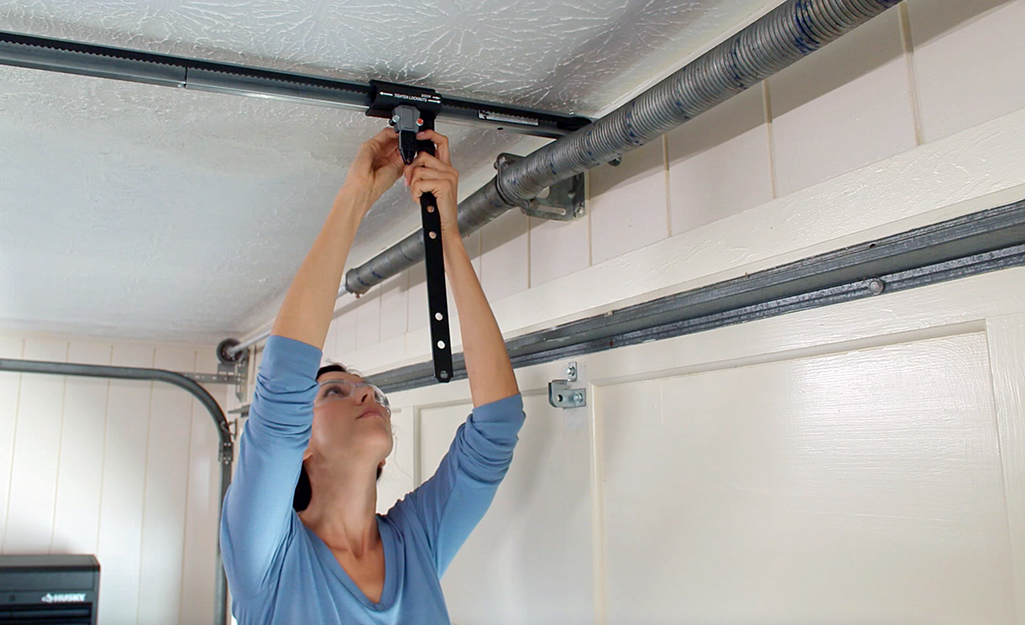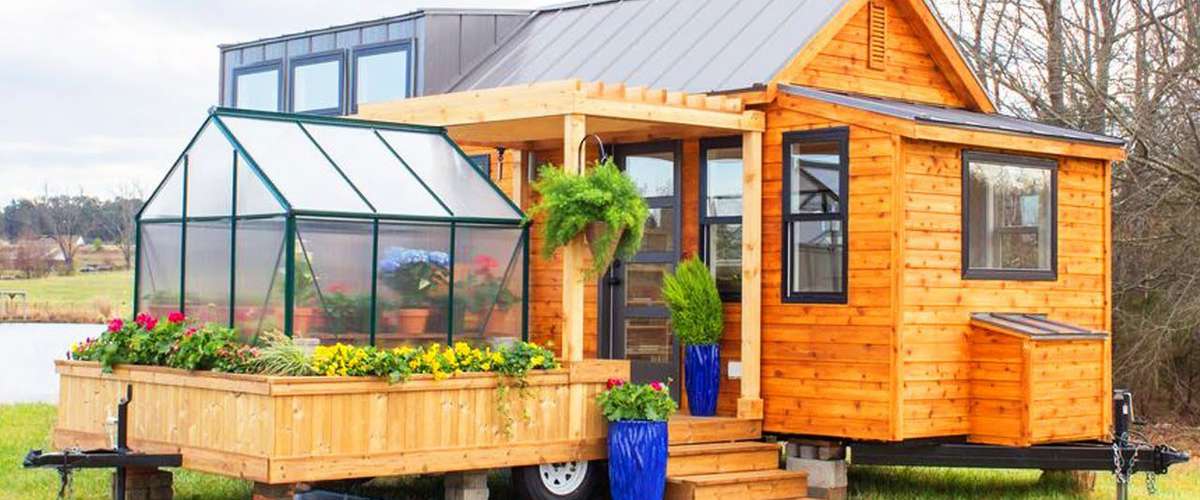
Garage shelving can make your garage more spacious. There are many different types of garage shelving available, including freestanding and wall-mounted. But it is essential to select a unit that is sturdy enough to store the items you have in your garage. Choosing a shelving unit with the right material is also important. Some materials are more durable and are more resistant to stains and spills than others.
Garage shelving is available in metal, particleboard, and MDF. Particle board is light but more likely to stain than steel. If you are looking to store larger items, such tools and equipment, you might consider a heavy-duty shelving system.
Wall-mounted shelves make it easy to maximize your storage area. Mounted shelves are attached to the walls of your garage through brackets. These brackets, made from metal, attach to your garage walls via brackets. Mount your shelves at least 16inches above the floor. Ceiling-mounted shelving systems with a downward projection can be used. They are lightweight, which makes them easier to transport than freestanding units.

Freestanding units are generally wood or metal, and are designed to be mounted to the wall or ceiling. While they have a greater flexibility than other types of shelving units, they require more floor space. You'll need a drill, and tools to install them.
Adjustable rail shelves are commonly made of steel wire or chrome mesh. The vertical metal tracks are mounted in the wall, and the brackets fit into the slots. You can add or remove items from the shelves by making them adjustable. While they are usually designed to hold heavy objects, they are easily moved to create more storage space.
Although particle board is great for shelving, it can stain if there are traces of engine fluid. Metal shelving is nonporous and doesn't absorb chemicals, making it ideal for storing paint and other chemical-based products.
MDF and particle board can be a great choice for those who don't need heavy items to be held, but still want strong structural integrity. Both are robust and easy-to-assemble. The powder coating helps to protect these units from dents and scratches.

MDF and particle board are lighter than metal but have a lower weight. Plastic shelving is more affordable and easy to move. However, plastic is much easier to clean than MDF. This could make it a poor choice for a dirty, messy or damp garage.
Another option is to buy an adjustable rail shelving. This kind of shelving is flexible too, but you'll need studs to attach the track. Some shelves are not suitable for concrete over drywall.
Garage shelving prices will vary depending on the material used. The material that you decide to use can affect your energy bills as well. Be sure to use a temperature-controlled space if you plan to store food or hazardous materials. It's also important to cover the shelves to avoid stains or spills.
FAQ
What are the included features in a full remodel of your kitchen?
A complete kitchen remodel is more than just installing a new sink or faucet. You will also need cabinets, countertops and appliances as well as lighting fixtures, flooring, plumbing fixtures, and other items.
A complete kitchen remodel allows homeowners the opportunity to upgrade their kitchens without any major construction. This allows the homeowner to update their kitchens without having to demolish any existing structures, making it easier for the contractor as well.
Renovating a kitchen can involve a range of services including plumbing, heating and cooling, painting, and even drywall installation. Depending on the extent of the kitchen remodel, multiple contractors may be required.
Professionals with years of experience working together are the best way ensure a successful kitchen remodel. There are often many moving parts in a kitchen remodel, so small problems can cause delays. If you choose a DIY approach, make sure you plan and have a backup plan in place in case things go wrong.
What is the difference between building a new home and gutting a current one?
Gutting a home removes everything inside a building, including walls, floors, ceilings, plumbing, electrical wiring, appliances, fixtures, etc. Gutting is done when you want to make some modifications before moving in. Gutting a home is typically very expensive because so many things are involved in doing this work. The average cost to gut home ranges from $10,000 to $20,000, depending on your job.
A builder builds a home by building a house frame-by-frame, then adds doors, windows, doors and cabinets to the walls. This is done usually after purchasing lots. Building a home is typically cheaper than renovating, and usually costs between $15,000-30,000.
When it comes down to it, it depends on what you want to do with the space. You'll need to spend more if you plan to gut your home. You don't need to take everything apart or redo everything if you are building a home. Instead of waiting for someone else, you can build it how you want.
What are the biggest expenses in remodeling a kitchen?
When planning a kitchen renovation, a few major costs are involved. These include demolition, design fees, permits, materials, contractors, etc. But when we look at these costs individually, they seem pretty small. However, when you add them together, they quickly become quite large.
Demolition is likely to be the most expensive. This involves removing old cabinets, appliances and countertops as well as flooring. Then you have to remove the drywall and insulation. You will then need to replace them with new items.
Next, you must hire an architect to draw out plans for the space. You will need permits to ensure your project meets the building codes. The final step is to find someone to carry out the actual construction.
The contractor must be paid once the job has been completed. Depending on the size of the job, you could spend between $20,000 to $50,000. You should get estimates from multiple contractors before you hire one.
Plan ahead to cut down on some of these costs. You may be able get better material deals or to skip some of the work. You will be able save time and money if you understand what needs to done.
Many people will attempt to install their cabinets themselves. They think this will save money because they don't have to pay for professional installation services. They often spend more trying to install cabinets themselves. A professional can usually complete a job in half of the time that it would take you.
A cheaper way to save money is buying unfinished materials. Before purchasing pre-finished materials like cabinets, you must wait until all the pieces are assembled. You can begin using unfinished materials right away if they are purchased. You can always make a change if things don't go as you planned.
Sometimes, it's just not worth the effort. Plan is the best way to save on home improvements.
What should I do with my current cabinets?
It all depends on if you are thinking of selling or renting your home. You'll need to remove the cabinets and refinish them if you plan to sell. This gives buyers an impression of brand new cabinets, and it helps them imagine their kitchens after they move in.
If you are looking to rent your house, it is best to leave the cabinets as-is. Many tenants complain about cleaning up after their previous tenants, including greasy fingerprints and dirty dishes.
To make the cabinets look better, you can paint them. Be sure to use high quality primer and paint. Low-quality paints can peel off over time.
Which order should you renovate the house?
The roof. The plumbing is the second. Third, the electrical wiring. Fourth, walls. Fifth, the floors. Sixth, the windows. Seventh, the doors. Eighth, the kitchen. Ninth, bathrooms. Tenth: The garage.
Finally, you'll be ready for the attic after you've done all these things.
Hire someone to help you if you don't have the skills necessary to renovate your home. Renovation of your house requires patience, effort, time and patience. And it will take money too. So if you don't feel like putting in the hours or the money, then why not let someone else do the hard work for you?
Renovations aren't cheap, but they can save you tons of money in the long run. Plus, having a beautiful home makes life better.
What is the cost of completely renovating a kitchen?
You may be curious about the cost of a home renovation.
The average kitchen renovation cost is between $10,000-$15,000. There are many ways to save money and improve the overall feel of your kitchen.
Preparing ahead can help you cut down on your costs. This includes choosing the design style and colors that best suits your budget.
Hiring an experienced contractor is another way of cutting costs. A tradesman who is experienced in the field will be able to guide you through each stage of the process.
It is best to decide whether you want to replace your appliances or keep them. A kitchen remodel can add thousands to the cost by replacing appliances.
Another option is to consider purchasing used appliances. You will save money by purchasing used appliances.
It is possible to save money when you shop around for materials, fixtures, and other items. Many stores offer discounts on special occasions such as Cyber Monday and Black Friday.
Statistics
- Attic or basement 10 – 15% (rocketmortgage.com)
- About 33 percent of people report renovating their primary bedroom to increase livability and overall function. (rocketmortgage.com)
- $320,976Additional home value: $152,996Return on investment: 48%Mid-range average cost: $156,741Additional home value: $85,672Return on investment: (rocketmortgage.com)
- Following the effects of COVID-19, homeowners spent 48% less on their renovation costs than before the pandemic 1 2 (rocketmortgage.com)
- 5%Roof2 – 4%Standard Bedroom1 – 3% (rocketmortgage.com)
External Links
How To
How to Remove Tile Grout from Floor Tiles
Most people are unaware of tile grouting. It is used to seal the joints between the tiles. Many different types of grout are available today, each using a specific purpose. This article will teach you how to remove tile grout off floor tiles.
-
Before you start this process, make sure that you have all the necessary tools. It is best to have a grout cutter, grout scraper, and some towels.
-
Now it is time to clean the grout and remove any debris or dirt that has gotten under the tiles. Use the grout cutter to cut away at the grout and gently scrape away any loose pieces. You must be careful not to scratch any tiles.
-
Once you have cleaned everything up, take the grout scraper and use it to clean off any remaining grout. You can move on to step 4 if there is no grout left.
-
After you have done all the cleaning, you can move on to the next step. You can now take one of the rags, and soak it in some water. You want to make sure that the rag gets completely wet. Once the rag is wet, you can dry it by wringing the cloth.
-
Place the wet rag onto the joint where the tile meets the wall. You should press the rag down until the grout is separated. Slowly pull the rug towards you, then continue pulling the rag back and forth until the grout has been removed.
-
Continue to repeat steps 4 and 5, until all grout has been removed. Rinse the ragout. Repeat the process if necessary.
-
When you are done removing grout, clean the tiles using a damp cloth. Let dry thoroughly.